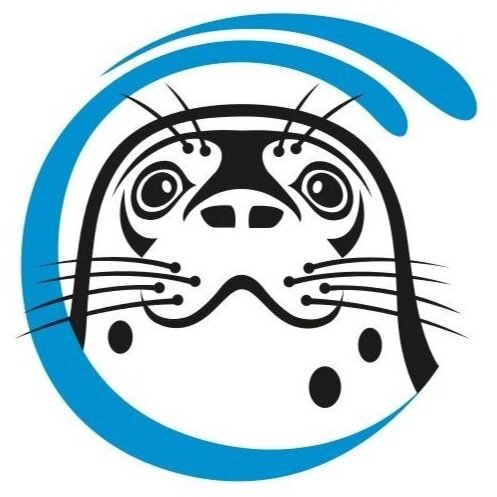Electric Low Pressure Hot Water Cylinder Valves
Why is my cylinder surrounded with weird valves?
Tempering Valve and Pressure Reducing Valve
Ever wondered what all those valves are around your electric low pressure hot water cylinder?
They are isolation valves, expansion valves, pressure reducing valves, and tempering valves. This blog briefly explains the purpose of these devices in keeping your plumbing and family safe from harm.
The isolation valve lets you shut water off to the cylinder. This is important if things go wrong and can save your home from flooding.
The expansion valve allows cold water to escape when the hot water in the tank expands. It will drip into a drain (tongue dish) or be piped directly outside. So a slight drip is okay.
The pressure reducing valve (i.e. that looks like a UFO) regulates the water pressure for the cylinder. They are usually located on the input feed which is normally under the cylinder. Though sometimes there is also a valve above the cylinder to help increase the household hot water pressure.
The tempering valves’ purpose is to protect users from very hot water. These valves combine hot water from the cylinder with cold water. You may question the need, ‘surely, you’d just dial back the thermostat?” but matters are not that straight-forward…
The bacterium Legionella thrives in warm, dark, moist environments. It is happy in compost bins, spa pools, air con systems and poorly tuned hot water cylinders. The symptoms if you are exposure to Legionella (i.e. Legionaires disease) can be flu-like but if not picked up it can turn lethal to those most vulnerable: namely, the elderly or the very young. {Note: we are plumbers; for expert medical information check with the NZ Ministry of Health}.
Fortunately, Legionella, which is virulent at 50C, can’t survive at 60C. Your hot water cylinder will be set to around 65+C to protect you from this threat.
Unfortunately, water at 65C is scolding hot – it can cause third degree burns. So, after exiting the tank the water temperature must be reduced before use. The tempering valve mixes a little cold water with the hot to drop the temperature at the tap to an acceptable 50C.
It is a balancing act. Playing with the tank temperature settings can have serious consequences if done incorrectly. If you need help with your hot water cylinder call the experts at Seal Plumbing and Gas Services.
A finely tuned tank may be healthy but it is still very wasteful. You are: heating water to a temperature hotter than you are ultimately going to use it; holding it until it is needed at that high temperature; and then cooling the water immediately before use. This inefficiency is a failing of all cylinder systems - it applies to Low and High pressure electric cylinders and gas hot water storage systems. There is a better way - modern gas Infinity water heaters do not have holding tanks and are therefore not at risk from Legionella. As there is no Legionella there is no need to set temperatures high to combat it. No tank means no standing heat losses. And no excessive output temperature means no need for tempering. Modern Infinity water heaters are very energy efficient compared to older technology cylinders.
Our discussion has veered from low pressure valves, to health risks, to pros and cons of water heating system. Perhaps it indicates that water heating is a complex matter and, as such, if you have issues with hot water deal with professionals like the fully qualified team at Seal Plumbing and Gas Services. If you are looking to upgrade your water heating system call us - we will come up with the best solution within your budget for your needs. In the meantime, we have hopefully shed some light on the purpose of those valves in your hot water cupboard.

